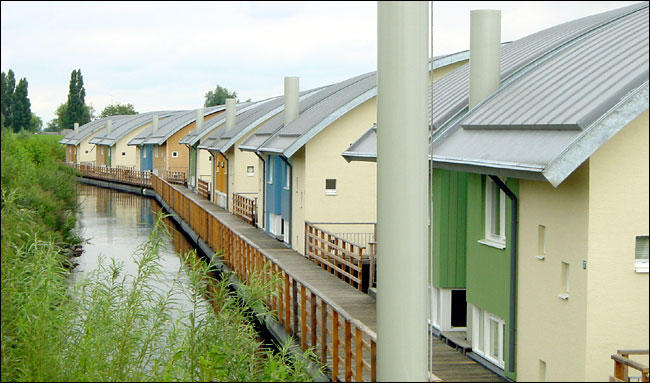

Says the blog BLDGBLOG of the approach:
Without going back through the specifics of Dutch terrain – vast sections of which are actually reclaimed Atlantic seafloor, only existing as dry land through a complicated network of levees, canals, and seawalls – it is worth quickly highlighting the obvious: that in a "post-Katrina world," whatever that is, a world with rising sealevels and accelerating polar thaws, architecture that can adapt to its hydrological surroundings – that is, architecture that can float – is now very much in vogue.
"The goal," as the New York Times writes, "is a town that can live with flooding, not just wall it off, using a variety of floating structures and an extensive system for rainwater storage, among other means."
No comments:
Post a Comment